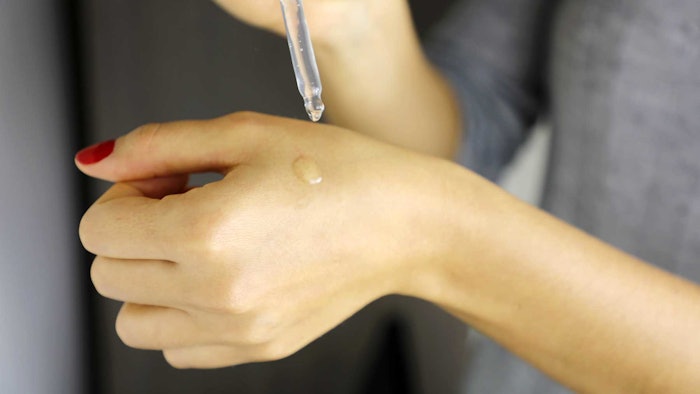
A study from Amirkabir University of Technology in Tehran, published in the Journal of Encapsulation, sought to deliver the antioxidant activity of ascorbic acid deeper into skin to improve its efficacy. Here, the authors implemented niosomes coated with hyaluronic acid (HA).
As previously described, the importance of antioxidants in health and nutrition has become more widely publicized. Therefore, the addition of L-ascorbic acid and its derivatives to products ranging from food and beverages, to nutritional supplements and cosmetics has become increasingly common.
However, it is unstable and readily prone to dissociation or oxidation in the presence of light, oxygen, alkali, heavy metals, high temperatures and copper. Its structure and subsequent hydrophilicity also do not allow for optimal skin delivery.
See related: Ingredient Profile; Ethyl Ascorbic Acid—Small but Mighty
These authors found that niosomes coated with 10% HA held the greatest potential to improve the delivery of ascorbic acid and its antioxidant activity into skin.









